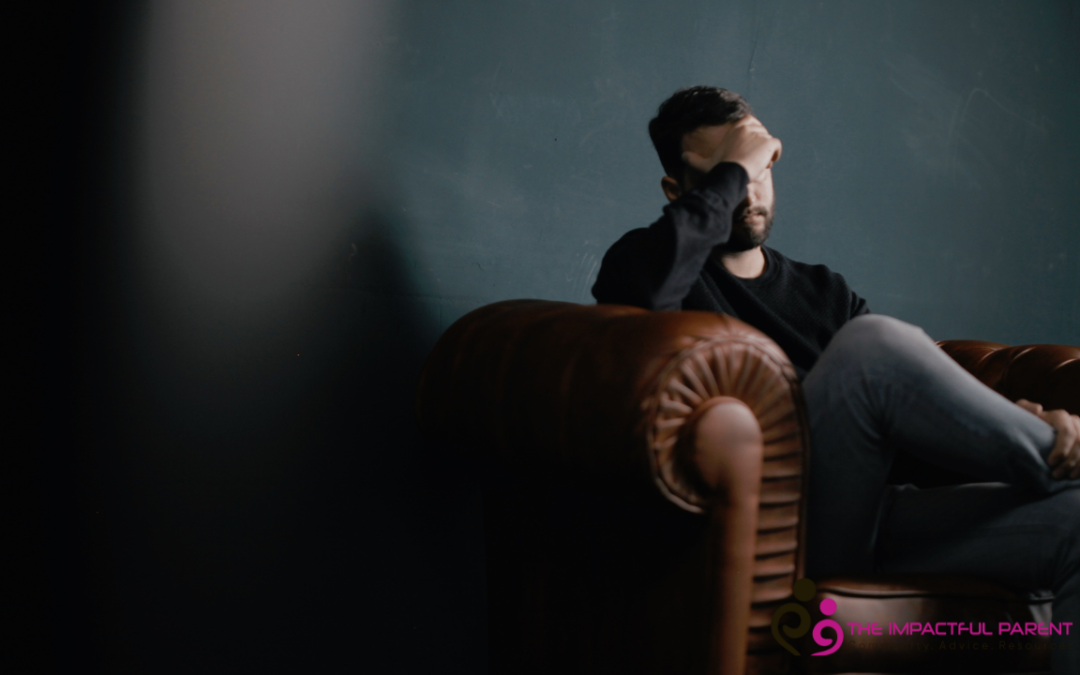Seasonal Affective Disorder
Is your house on the edge of a blowout too? EVERYONE is in a mood! In this episode of The Impactful Parent, Melissa and Kristina talk about:
*their “moody” households,
*discuss WHERE this moodiness is coming from,
*they explore Seasonal Affective Disorder (symptoms and solutions)
*and get real with how this time of year makes parents feel EXHAUSTED, OVERWELMED, and LESS.
Watch the Video below
LINKS MENTIONED IN THE RECORDING
https://theimpactfulparent.com/app Download the FREE Impactful Parent App! Available on Apple and Android App Stores. FREEBIES from episodes included!
Apple Store: https://theimpactfulparent.com/ios
Android Play Store: https://theimpactfulparent.com/android
https://theimpactfulparent.com for more FREE Resources and paid programs.
Transcript or Impactful Points of this Blog
Seasonal Affective Disorder
Seasonal Affective Disorder (SAD) is a type of depression that manifests during certain seasons, with the most common form being winter depression. It is a mood disorder characterized by recurring episodes of depression that occur at the same time each year, typically starting in late fall or early winter and subsiding in spring or summer.

Season Affective Disorder
SAD can affect anyone, but it is more prevalent in regions farther from the equator where there is less sunlight during the winter months. It is estimated that about 5% of the population experiences SAD, with a higher prevalence among women and younger individuals. However, children and teenagers are not immune to this condition either.

Season Affective Disorder
Children with Seasonal Affective Disorder may experience various symptoms, including:
- Persistent sadness: Children with SAD may exhibit feelings of sadness, hopelessness, or irritability that last for several weeks or months during specific seasons.
- Low energy levels: SAD can cause children to feel tired or fatigued, even after getting enough sleep.
- Social withdrawal: Children may become less interested in social activities, prefer isolation, and have difficulty connecting with peers or family members.
- Decline in academic performance: SAD can lead to a decline in concentration, memory, and overall academic performance.
- Changes in appetite: Loss of appetite or increased cravings for carbohydrates and sugary foods may be a sign of SAD in children.
- Sleep disturbances: SAD may disrupt a child’s sleep pattern, causing insomnia or excessive sleepiness.

Season Affective Disorder
While the exact causes of SAD are still under investigation, it is believed that the reduction of sunlight exposure during specific seasons can disrupt the body’s internal clock and affect hormone levels. Fortunately, there are strategies that parents and caregivers can employ to help children manage and combat Seasonal Affective Disorder:
- Light therapy: Light therapy involves the use of special light boxes that emit bright artificial light, mimicking sunlight. Exposing children to this light for a specific duration each day can help regulate their body’s internal clock and alleviate SAD symptoms.
- Increase exposure to natural light: Encourage children to spend time outdoors during daylight hours, even when it is cloudy. Natural light can positively impact mood and help alleviate some SAD symptoms.
- Maintain a regular routine: Establishing a consistent daily routine for children helps provide structure and stability, reducing the impact of seasonal changes on their mental well-being.
- Encourage physical activity: Regular exercise has been shown to boost mood and reduce depression symptoms. Encourage children to engage in physical activities they enjoy, such as sports, dancing, or bike riding.
- Create a supportive environment: Provide a warm and supportive environment where children feel comfortable expressing their feelings. Encourage open communication and seek professional help if needed.
- Balanced diet: Ensure children consume a balanced diet rich in fruits, vegetables, whole grains, and lean proteins. Limiting sugary and processed foods can help maintain stable energy levels.
- Seek professional help: If symptoms persist or significantly impact a child’s daily life, it is important to consult with a healthcare professional or mental health specialist who can provide appropriate guidance and treatment options.
It is crucial to remember that each child’s experience with Seasonal Affective Disorder may vary, and what works for one may not work for another. Therefore, it is important to be patient, understanding, and seek professional help when needed. With the right support and management strategies in place, children with SAD can lead fulfilling and happy lives all year round.
What Are Your Thoughts?
-
What to do next:
1. Get The Impactful Parent App! Everything you need in your parenting journey in one spot! Available on the Android Play Store and the Apple Store. Search Impactful Parent (direct links listed above under Links in Episode).
2. Follow The Impactful Parent on social media if you don’t already! Facebook, Instagram, LinkedIn, & Pinterest
4. Check out the official website of The Impactful Parent for FREE RESOURCES, parenting classes, mom’s groups, and so much more! Click here to check it out!
5. Discover how you can work with Kristina! Sign up for a FREE 30-minute discovery call! Click here to find a time that works best for you!
Bottom Line… I am here for YOU! Contact me at theimpactfulparent@gmail.com
It takes a lot to run a household! Here are a few products I USE and recommend:
Gabb Wireless: The BEST first phone for your child!
- No internet, no social media, and NO WORRIES! This phone has GPS tracking and other features that parents want to have peace of mind about their child having a phone. The Gabb Wireless phone has the sleek look of a smartphone that kids love without worry and high price. To find out more and order your phone (or watch) go to: gabbwireless.com/promo/IMPACTFULPARENT30

